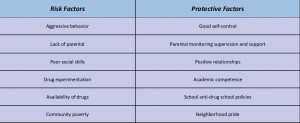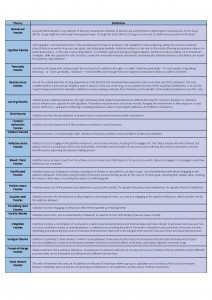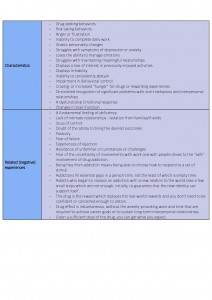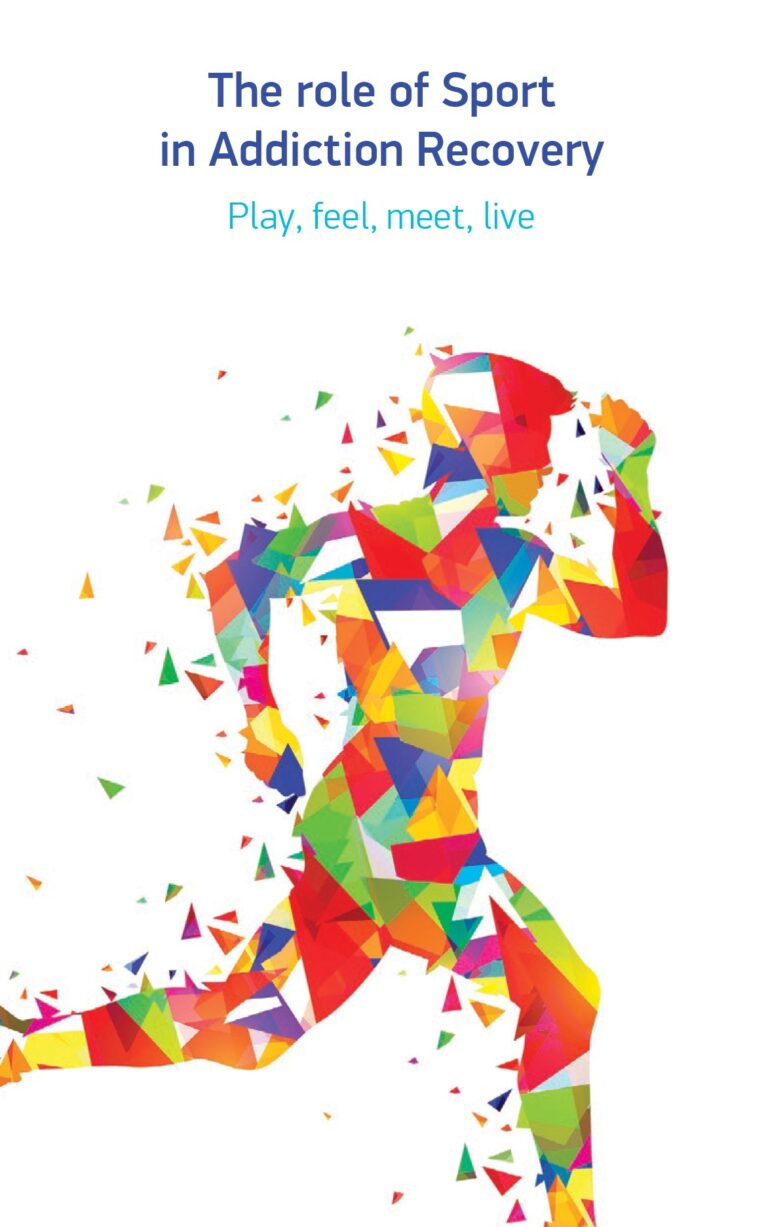Addiction
Addiction is a global problem that costs many millions of lives each year and causes untold suffering. It can involve ingesting licit and illicit psychoactive drugs (e.g. alcohol, nicotine, opioids, stimulants, steroids, prescription painkillers, sedatives or cannabis) or other kinds of activity (e.g. gambling, computer gaming). The science of addiction has advanced to a point at which it is timely to examine the wide range of underlying mechanisms that have been identified and assess what these imply for the development of a comprehensive strategy for combating the problem.
Addiction is a primary, chronic disease of brain reward, motivation, memory and related circuitry. Dysfunction in these circuits leads to characteristic biological, psychological, social and spiritual manifestations. This is reflected in an individual pathologically pursuing reward and/or relief by substance use and other behaviors.
The key features that definitions attempt to capture are that addiction involves repeated powerful motivation to engage in an activity; it is acquired through engaging in the activity; the activity does not involve innate programming because of its survival value; and there is significant potential for unintended harm. This need not be limited to substance use or abuse.
Why do people take drugs?
- To feel good. Most abused drugs produce intense feelings of pleasure. This initial sensation of euphoria is followed by other effects, which differ with the type of drug used. For example, with stimulants such as cocaine, the “high” is followed by feelings of power, self-confidence, and increased energy. In contrast, the euphoria caused by opiates such as heroin is followed by feelings of relaxation and satisfaction.
- To feel better. Some people who suffer from social anxiety, stress-related disorders, and depression begin abusing drugs in an attempt to lessen feelings of distress. Stress can play a major role in beginning drug use, continuing drug abuse, or relapse in patients recovering from addiction.
- To do better. Some people feel pressure to chemically enhance or improve their cognitive or athletic performance, which can play a role in initial experimentation and continued the abuse of drugs such as prescription stimulants or anabolic/androgenic steroids.
- Curiosity and “because others are doing it.” In this respect, adolescents are particularly vulnerable because of the strong influence of peer pressure. Teens are more likely than adults to engage in risky or daring behaviors to impress their friends and express their independence from parental and social rules.
Risk and protective factors for drug abuse and addiction

Theories related to drug abuse
Numerous mechanisms underlying addiction have been discovered, and these have spawned a multitude of models, each of which addresses a part of the problem. A large number of models of addiction describing these mechanisms have been proposed. The models are very heterogeneous and do not fall into a neat hierarchical classification.
 Drug addicts Characteristics
Drug addicts Characteristics
The drug-dependent person experiences mood swings related to drug use. Gradually there is a personality change and all activity and thoughts revolve around drugs. Judgment and insight are also impaired. Family relationship change- In the beginning, the drug abuser starts avoiding family members. As the addiction progress, lying, stealing, and violence become a regular feature.

Read more
www.drugabuse.gov
www.addiction.surgeongeneral.gov
www.unodc.org
www.who.int
www.emcdda.europa.eu
www.kethea.gr/en-us/home.aspx












